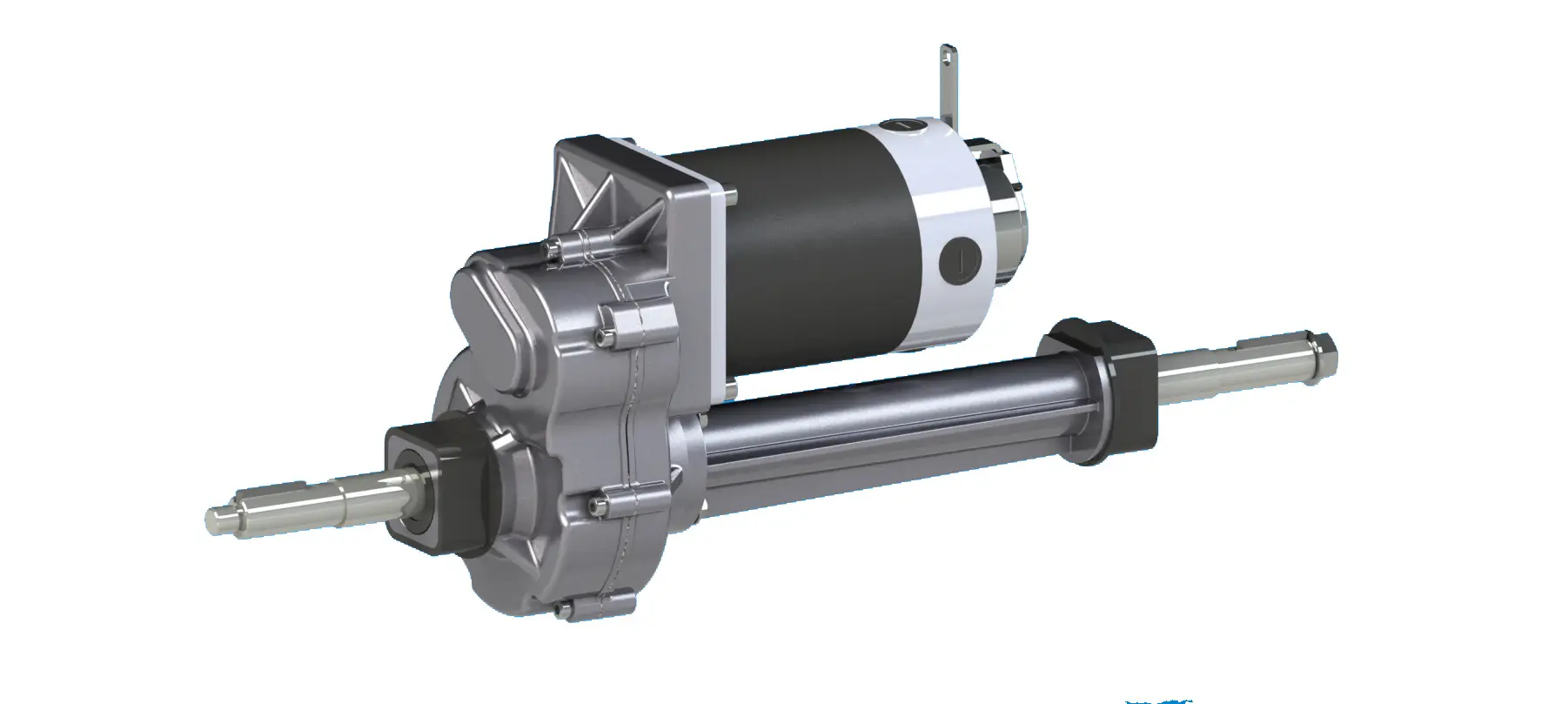How Often Should We Replace the Brushes in the Electric Transaxle?
Introduction
The electric transaxle is a crucial component in many modern vehicles and machinery, combining the functions of an electric motor and transmission. The brushes within the electric transaxle play a vital role in conducting electricity and maintaining efficient operation. However, these brushes wear down over time due to continuous use, and their replacement is necessary to ensure optimal performance and longevity of the transaxle. This article explores the factors influencing brush replacement intervals and provides guidelines for determining the appropriate frequency.
Understanding the Role of Brushes in Electric Transaxles
Brushes in electric transaxles are responsible for transferring electrical current from the stationary part of the motor to the rotating part. They are typically made of conductive materials such as carbon or graphite, which provide good electrical conductivity while withstanding mechanical stress. As the motor operates, the brushes rub against the commutator or slip ring, gradually wearing down due to friction and electrical arcing.
Factors Influencing Brush Replacement Intervals
Usage Frequency: The more frequently the electric transaxle is used, the faster the brushes will wear out. Machinery or vehicles subjected to continuous operation will require more frequent brush replacements compared to those used intermittently.
Load Conditions: Heavy loads place additional stress on the electric motor, accelerating brush wear. Applications involving high torque or prolonged heavy loads will necessitate shorter replacement intervals.
Operating Environment: Harsh environments with contaminants such as dust, moisture, or corrosive substances can degrade brushes more rapidly. Proper sealing and protection of the transaxle can mitigate some of these effects but may still require adjusted replacement schedules.
Brush Quality: Higher-quality brushes made from superior materials generally offer better durability and longer service life. Investing in reputable brands and high-grade brushes can extend replacement intervals.
Maintenance Practices: Regular inspection and maintenance of the electric transaxle can help identify brush wear early. Proactive measures such as cleaning, lubrication, and alignment can optimize brush performance and longevity.
General Replacement Guidelines
While specific replacement intervals vary based on the aforementioned factors, some general guidelines can be considered:
Standard Operation: Under normal operating conditions with moderate usage, brushes in an electric transaxle may last between 1,000 to 2,000 operating hours. This translates to approximately 3 to 6 months of regular use in many industrial applications.
Heavy-Duty Applications: In heavy-duty scenarios with continuous operation and significant loads, replacement intervals might reduce to every 500 to 1,000 hours or 1 to 3 months.
Light Usage: For equipment with infrequent or light usage, brushes could potentially last up to 3,000 hours or more, possibly extending replacement to 12 months or longer.
Signs Indicating the Need for Brush Replacement
Performance Decline: A noticeable reduction in motor power or efficiency, such as slower acceleration or reduced torque, may signal brush wear.
Excessive Sparking: Increased sparking between the brushes and commutator during operation indicates poor contact and worn brushes.
Unusual Noises: Unusual sounds like squealing, grinding, or chatter from the electric transaxle can be attributed to brush deterioration.
Visible Wear: During inspections, if the brushes show significant wear, such as shortened length, cracking, or uneven surfaces, replacement is necessary.
Increased Temperature: Overheating of the motor or transaxle may result from inadequate electrical contact due to worn brushes.
Best Practices for Extending Brush Life
Regular Inspections: Schedule routine checks of the brushes to monitor their condition and identify wear early.
Proper Installation: Ensure correct installation of brushes to maintain proper contact and minimize unnecessary wear.
Lubrication: Follow manufacturer recommendations for lubrication to reduce friction and wear on brushes and other components.
Load Management: Avoid overloading the electric transaxle and operate within specified parameters to prevent accelerated brush wear.
Environment Control: Protect the transaxle from harsh environmental conditions to minimize external factors contributing to brush degradation.
Conclusion
Determining the optimal frequency for replacing brushes in an electric transaxle requires consideration of various factors including usage patterns, load conditions, operating environment, brush quality, and maintenance practices. While general guidelines provide a starting point, tailored schedules based on specific operational contexts and manufacturer recommendations are essential. By monitoring performance, conducting regular inspections, and adopting preventive maintenance strategies, users can maximize brush service life, ensure efficient transaxle operation, and minimize downtime and replacement costs.
Post time: Mar-12-2025


